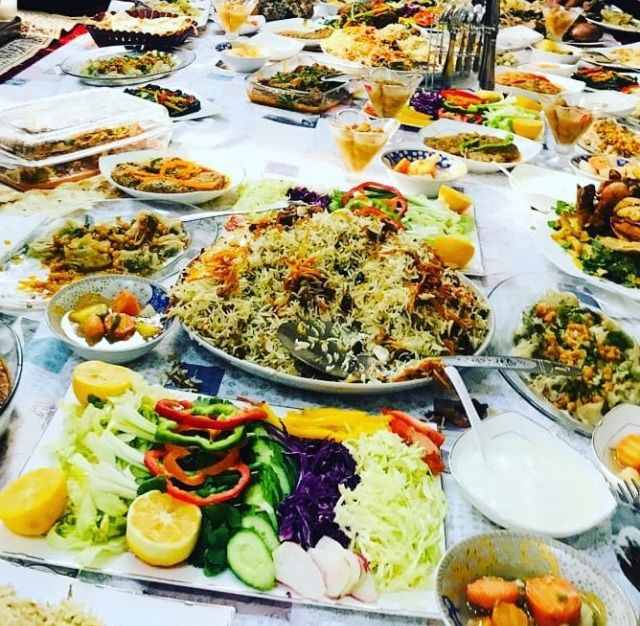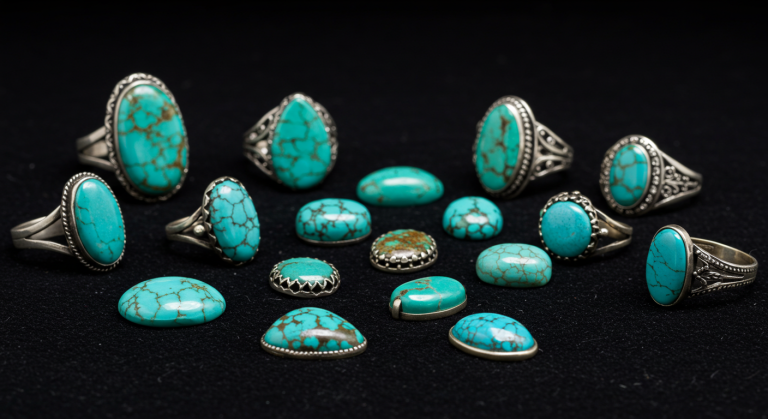Pakistan’s Cultural Pride and Culinary Delight: Why Global Tourists Are Falling in Love with Pakistani Cuisine?

Pakistan is swiftly emerging on the global stage, celebrated not just for its stunning natural beauty and welcoming spirit, but also for its vibrant cultural heritage and flavorful culinary delights. The country’s culinary heritage reflects thousands of years of South Asian civilization, and every dish tells a story of flavors, history, and regional pride.
Tourists who visit Pakistan aren’t just drawn to the majestic mountains, historic landmarks, or the generosity of its people. Increasingly, it’s the country’s unique and flavorful food that captures their hearts—and taste buds. From global food bloggers to international travel journalists, many are now praising Pakistani cuisine as one of the world’s best-kept culinary secrets.
Biryani: A South Asian Masterpiece
Whether in Karachi, Lahore, or Peshawar, Biryani is a dish that every Pakistani knows and loves. With its aromatic rice, tender spiced meat, fried onions, and sometimes potatoes (especially in Karachi-style Biryani), it’s a feast for the senses. Foreign visitors often find themselves hooked after just one bite—and many claim they’ve never tasted anything quite like it before.
Nihari, Haleem, and the Taste of Tradition
Nihari, a rich and flavorful stew made from beef or mutton, is traditionally enjoyed as a hearty breakfast in major cities such as Lahore and Karachi.The meat is cooked overnight on low heat to infuse it with deep, rich flavor. Similarly, Haleem is a thick, savory porridge made from a blend of lentils, wheat, and shredded meat, and it’s especially popular during Ramadan and Muharram. Both dishes reflect the depth and richness of Pakistan’s culinary legacy.
Chapli Kebab: Khyber Pakhtunkhwa’s Spicy Gift
Originating in Khyber Pakhtunkhwa, Chapli Kebab has become a national favorite. These spiced beef or mutton patties—mixed with pomegranate seeds, tomatoes, and green chilies—are usually served hot with tandoori naan. Tourists visiting Peshawar often list it as a must-try, and its bold, smoky flavor keeps them coming back for more.
Sajji: Balochistan’s Rustic Delight
In Balochistan, Sajji is more than just a dish—it’s a culinary tradition deeply rooted in the province’s cultural identity. Whole lamb or chicken is marinated in salt and slow-roasted over open coals, giving it a crisp outer layer and juicy interior. It’s commonly served at large gatherings and traditional feasts, and its aroma alone is enough to make mouths water.
Sweet Treats That Steal the Show
No Pakistani meal is complete without dessert. From warm Gulab Jamun to syrup-soaked Jalebi, from creamy Kheer to the iconic Sohan Halwa, Pakistani sweets are as diverse and delicious as the meals themselves. Sweet treats like these are an integral part of joyous occasions, whether it’s Eid, weddings, or festive gatherings.
Gaining Global Recognition
Over the past few years, Pakistani food has gained significant international attention. Cities like London, New York, Dubai, and Kuala Lumpur have seen a boom in Pakistani restaurants, many of which are now hotspots for food lovers. Renowned YouTubers and food vloggers such as Mark Wiens, The Food Ranger, and Mikey Chen have traveled across Pakistan, showcasing the country’s culinary treasures to millions of viewers worldwide.
A Culinary Journey Rooted in Culture
Pakistani food is more than just flavor—it’s a cultural experience passed down through generations. Every dish reflects Pakistan’s warmth, cultural variety, and deep appreciation for flavorful food.It’s no surprise that anyone who tastes Pakistani cuisine once, often becomes a lifelong fan.
As the world begins to take notice, Pakistan is not only emerging as a tourist destination—but as a rising star in global food tourism.


